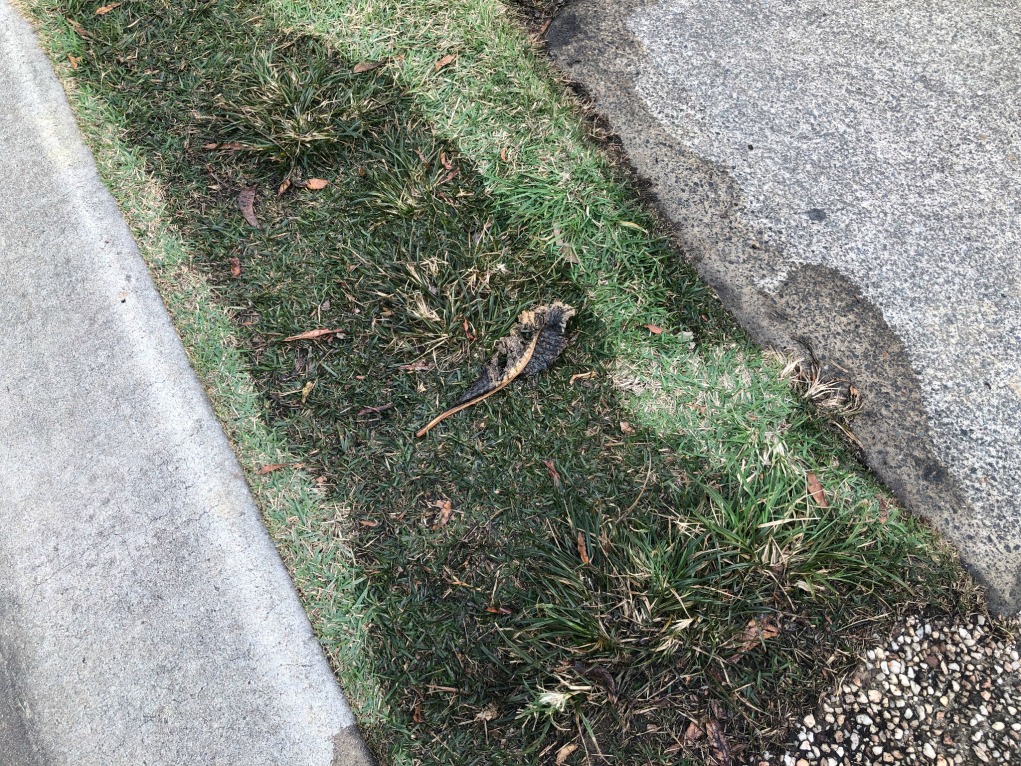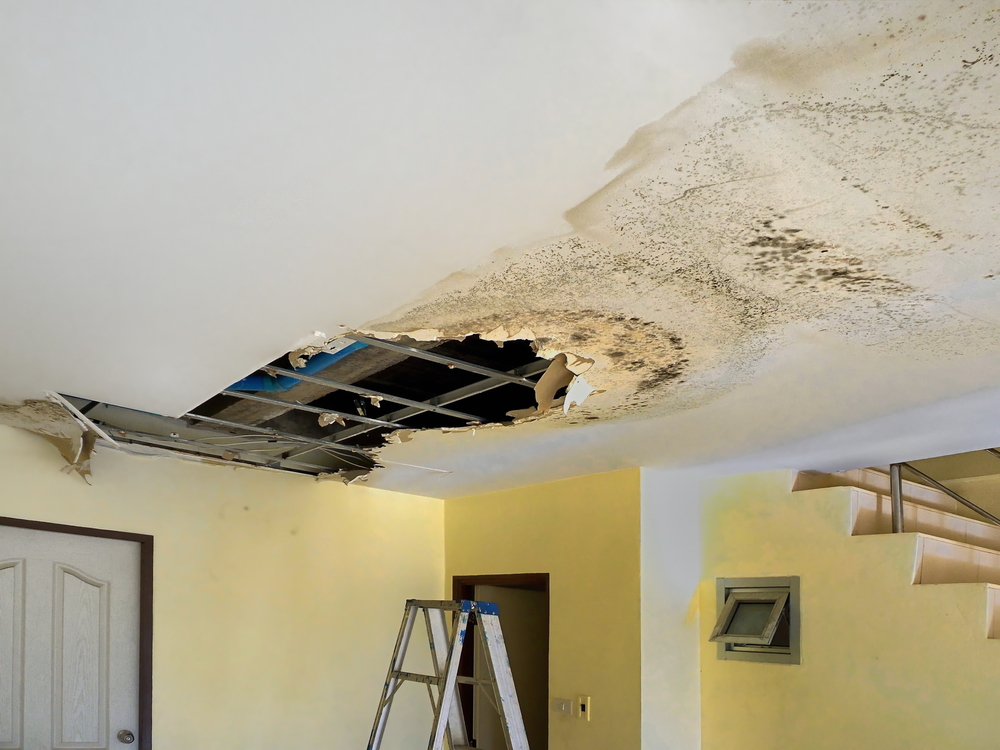6 Ways to Locate Concealed Water Leakages in Your Residence
6 Ways to Locate Concealed Water Leakages in Your Residence
Blog Article
We have found this article pertaining to Leaking water lines below on the internet and felt it made perfect sense to share it with you over here.

Early discovery of leaking water lines can minimize a prospective calamity. Some tiny water leakages may not be visible.
1. Check Out the Water Meter
Examining it is a proven way that assists you find leaks. If it relocates, that indicates a fast-moving leak. This indicates you may have a sluggish leakage that can even be underground.
2. Examine Water Consumption
If you spot sudden adjustments, in spite of your consumption being the very same, it suggests that you have leaks in your plumbing system. An abrupt spike in your bill indicates a fast-moving leakage.
At the same time, a stable boost each month, even with the same routines, shows you have a slow leak that's likewise slowly intensifying. Call a plumber to thoroughly inspect your residential property, particularly if you really feel a cozy area on your flooring with piping beneath.
3. Do a Food Coloring Test
30% comes from bathrooms when it comes to water usage. Examination to see if they are running effectively. Drop specks of food color in the container and wait 10 minutes. There's a leakage between the container as well as bowl if the shade in some way infiltrates your dish during that time without flushing.
4. Asses Outside Lines
Do not forget to inspect your exterior water lines as well. Test faucets by connecting a garden hose pipe. Must water leak out of the connection, you have a loosened rubber gasket. Change this and make sure all links are limited. If you have actually obtained a lawn sprinkler, it will certainly aid get it expertly took a look at and maintained every year. One little leak can throw away tons of water and surge your water expense.
5. Evaluate the situation as well as evaluate
Property owners need to make it a behavior to check under the sink counters and even inside closets for any type of bad odor or mold growth. These 2 warnings indicate a leak so prompt focus is required. Doing regular examinations, even bi-annually, can conserve you from a significant issue.
Much more importantly, if you recognize your house is already old, keep a watchful eye on your heaters, pipes, pipes and so on. Check for discolorations and also compromising as most pipes as well as appliances have a life span. They will likewise normally deteriorate as a result of deterioration. If you presume leaking water lines in your plumbing system, don't wait for it to escalate. Call an expert plumber as soon as possible so you don't end up with a dreadful mess in your home.
Early detection of dripping water lines can minimize a possible disaster. Some small water leakages may not be visible. Checking it is a proven method that helps you find leaks. One small leak can throw away lots of water and increase your water bill.
If you suspect dripping water lines in your plumbing system, do not wait for it to rise.
WARNING SIGNS OF WATER LEAKAGE BEHIND THE WALL
PERSISTENT MUSTY ODORS
As water slowly drips from a leaky pipe inside the wall, flooring and sheetrock stay damp and develop an odor similar to wet cardboard. It generates a musty smell that can help you find hidden leaks.
MOLD IN UNUSUAL AREAS
Mold usually grows in wet areas like kitchens, baths and laundry rooms. If you spot the stuff on walls or baseboards in other rooms of the house, it’s a good indicator of undetected water leaks.
STAINS THAT GROW
When mold thrives around a leaky pipe, it sometimes takes hold on the inside surface of the affected wall. A growing stain on otherwise clean sheetrock is often your sign of a hidden plumbing problem.
PEELING OR BUBBLING WALLPAPER / PAINT
This clue is easy to miss in rooms that don’t get much use. When you see wallpaper separating along seams or paint bubbling or flaking off the wall, blame sheetrock that stays wet because of an undetected leak.
BUCKLED CEILINGS AND STAINED FLOORS
If ceilings or floors in bathrooms, kitchens or laundry areas develop structural problems, don’t rule out constant damp inside the walls. Wet sheetrock can affect adjacent framing, flooring and ceilings.
https://www.servicemasterbyzaba.com/blog/how-to-detect-water-leakage-in-walls/

I came across that review on Hacks to detect leaks when browsing the internet. Please take the time to promote this article if you enjoyed it. Thanks a bunch for your time. Please come by our blog back soon.
Report this page